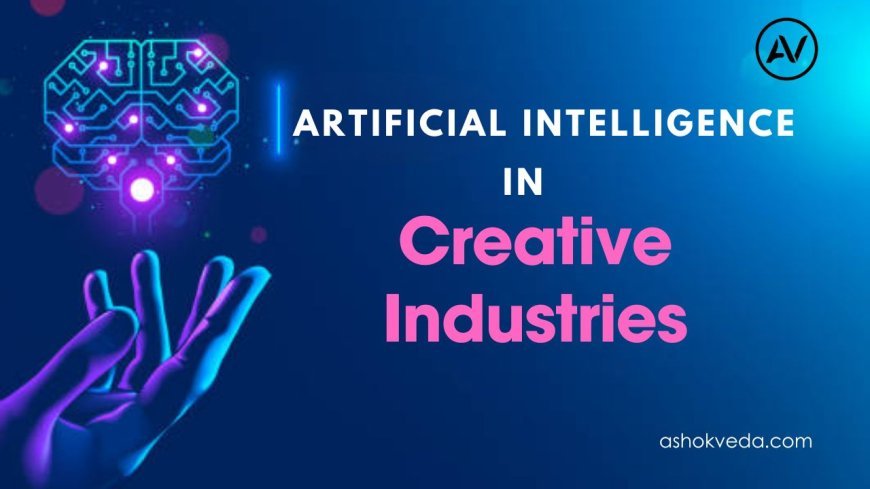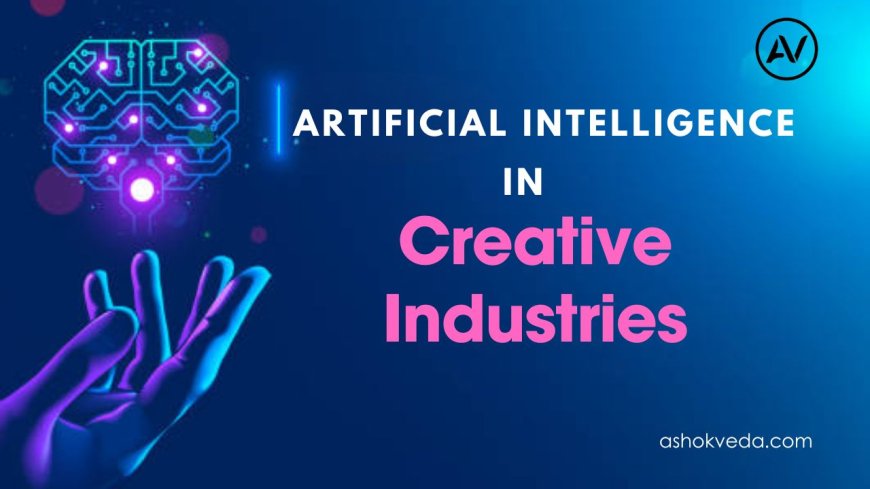
Introduction
The Definition of Artificial Intelligence
Artificial Intelligence (AI) is the simulation of human intelligence processes by machines, particularly computer systems. It encompasses a range of technologies, most notably:
- Machine Learning: Systems learning from data to improve over time.
- Natural Language Processing: Understanding and responding to human language.
- Computer Vision: Interpreting and making decisions based on visual data.
Role of AI in Creative Industries
As we explore the impact of artificial intelligence on creative industries, it’s fascinating to note how AI is reshaping various artistic fields. For example, a musician may use AI tools to generate melodies or harmonies, while an artist could leverage AI to create stunning visual art.
AI is not just a tool; it acts as an innovative collaborator. With its growing influence, the creative landscape is evolving, where imagination meets cutting-edge technology. This bond could lead to unique creations that were once unimaginable!

Impact on Music Industry
AI Tools for Music Composition
In recent years, AI tools have revolutionized the way music is composed. For both amateur musicians and seasoned composers, these tools offer a fresh perspective on creativity. Imagine being in a songwriting session and utilizing AI to generate chord progressions and melodies!
Some popular AI tools include:
- Amper Music: An easy-to-use platform for creating custom music tracks.
- AIVA: Composes emotional soundtracks suitable for films and games.
AI in Music Production
Besides composition, AI is making waves in music production as well. With intelligent algorithms, producers can analyze trends and refine sound quality, making the whole process more efficient.
Advancements in software, like LANDR, allow for automated mastering, saving valuable time for producers. Additionally, AI can help in:
- Mixing: Balancing tracks for a perfect blend.
- Sound Design: Crafting new, unique sounds.
With these innovations, the music industry is undoubtedly entering a new era where creativity and technology harmoniously blend!

Influence on Visual Arts
AI-Generated Art
The realm of visual arts has not been left untouched by the rise of artificial intelligence. AI-generated art has carved out a fascinating niche, allowing artists to push boundaries like never before. For instance, platforms such as DALL-E and DeepArt utilize algorithms to create stunning, original pieces based on specific prompts. Artists can combine their vision with AI’s capabilities, leading to:
- Unique Styles: Merging varying artistic influences seamlessly.
- Exploration: Uncovering new techniques and aesthetics.
Enhanced Design Processes with AI
Beyond generating art, AI enhances design processes, making them more efficient and innovative. Graphic designers now utilize AI tools to automate repetitive tasks or gain inspiration:
- Canva’s AI features: Suggest layouts and color palettes.
- RunwayML: Enables creatives to experiment with machine learning in their designs.
These advancements in visual arts usher in an exciting era where technology and creativity collaborate to produce breathtaking works!

AI in Film and Entertainment
AI in Scriptwriting
The world of film and entertainment is experiencing an intriguing transformation thanks to AI. Scriptwriting, traditionally seen as the heart of storytelling, is now witnessing the integration of AI-driven tools. These platforms can analyze successful screenplays, gathering insights to help writers craft engaging narratives.
For example, tools like ScriptBook utilize AI to predict the success of scripts by evaluating plot structures and character development. Writers can benefit from:
- Idea Generation: Brainstorming new plotlines.
- Character Development: Crafting deeper, more compelling characters.
Visual Effects and AI
When it comes to visual effects, AI takes the magic of filmmaking to new heights. By streamlining processes, AI can create realistic animations and special effects faster than ever before. Think of films that rely on CGI; AI machines analyze footage to enhance realism and detail.
Consider tools like Nuke AI that simplify complex compositing tasks, empowering artists to focus on creativity. With these innovations, the film industry is stepping into a vibrant future where storytelling and technology coexist harmoniously!
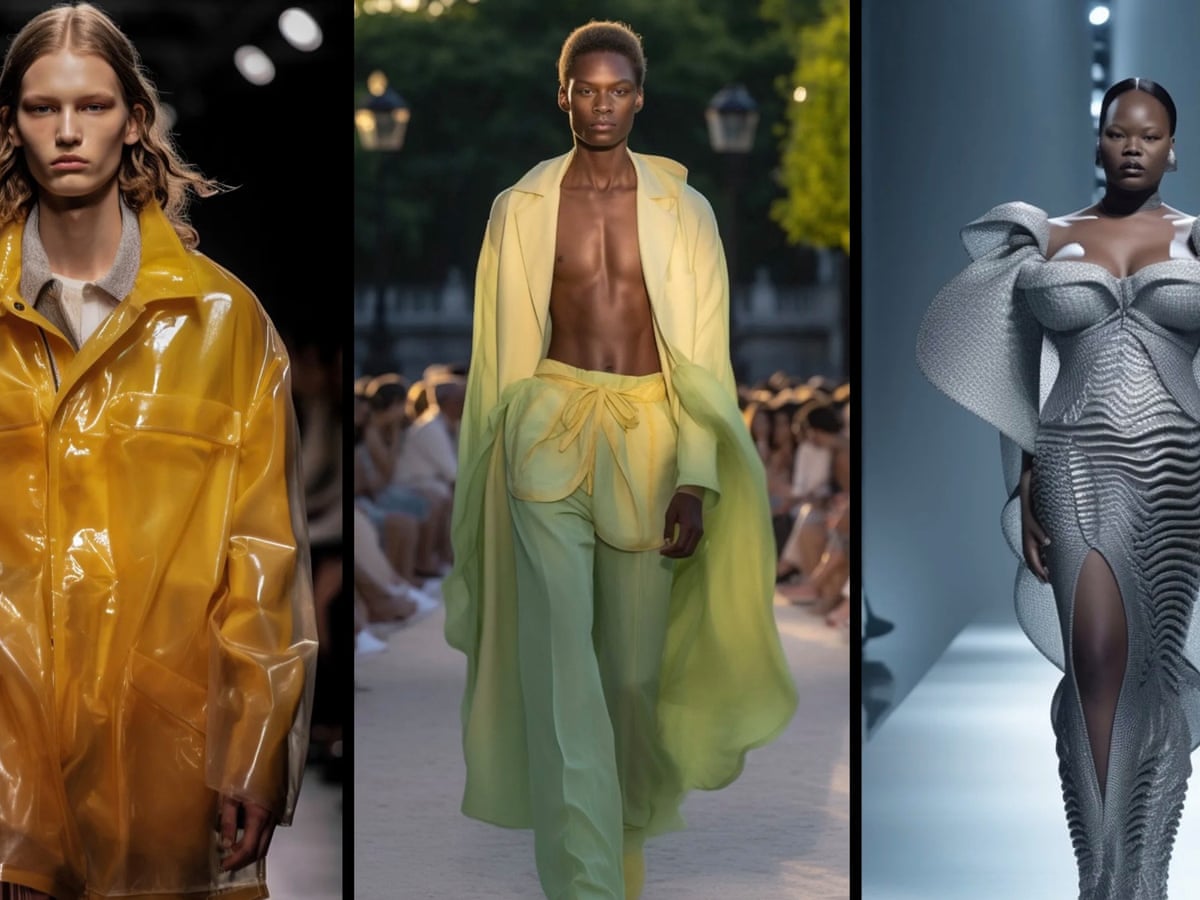
Transforming the Fashion Industry
AI in Fashion Design
The fashion industry is embracing AI in remarkable ways, particularly in fashion design. Designers are now using AI-powered tools to swiftly generate ideas and explore new styles. Imagine a designer sketching a garment and using platforms like The Fabricant to visualize and manipulate fabrics instantly!
Key advantages of AI in fashion design include:
- Trend Forecasting: Analyzing social media data to predict upcoming fashion trends.
- Rapid Prototyping: Creating digital prototypes, saving time and resources.
Personalized Shopping Experiences
Beyond design, AI is remarkably enhancing the shopping experience. With smart algorithms, retailers can offer personalized recommendations, much like a personal stylist guiding you through your choices.
For instance, platforms like Stitch Fix use AI to curate clothing selections tailored to individual preferences, making shopping more enjoyable.
By integrating these technologies, the fashion industry is fostering a dynamic relationship between creativity and consumer experience, truly transforming the way we perceive style!
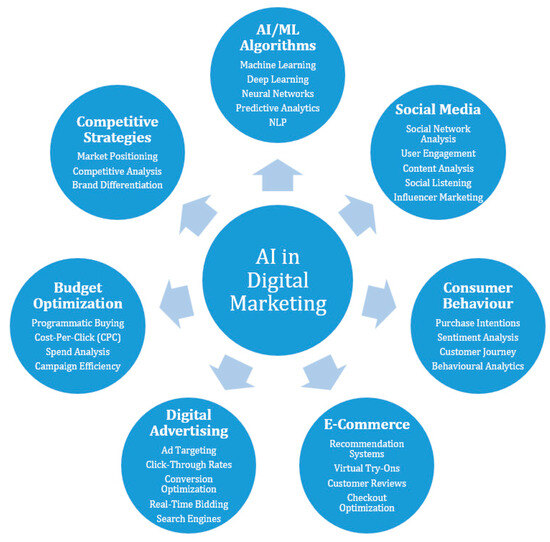
Implications for Marketing and Advertising
AI-Driven Marketing Campaigns
As AI continues to permeate various industries, one significant area transforming is marketing and advertising. AI-driven marketing campaigns allow brands to tailor their messaging based on consumer data and insights like never before. For instance, tools like HubSpot leverage AI to analyze customer behavior, enabling companies to create personalized outreach strategies.
Some benefits include:
- Predictive Analytics: Anticipating customer needs and preferences.
- A/B Testing: Quickly determining the most effective advertisements.
Customer Engagement through AI
Moreover, AI enhances customer engagement significantly. Chatbots and virtual assistants offer immediate responses to inquiries, creating a smoother interaction. Imagine shopping online and having your questions answered instantly — it’s a game-changer!
Brands like Sephora utilize AI to provide personalized beauty advice, making customers feel valued. With AI’s integration in marketing, businesses are not only driving sales but also building lasting relationships with their customers, setting the stage for a customer-centric future!
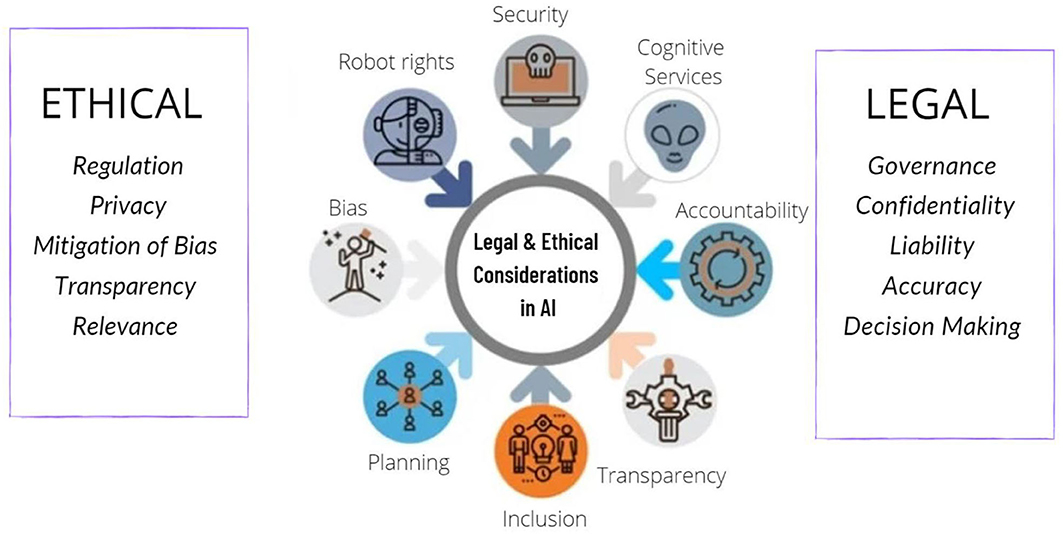
Challenges and Ethical Considerations
Bias in AI Algorithms
While the integration of AI into creative industries holds immense promise, it also comes with significant challenges and ethical considerations. One major concern is bias in AI algorithms. If the data used to train AI systems is skewed or unrepresentative, the outputs can inadvertently reflect those biases, leading to unfair outcomes.
For instance, an AI that processes artistic styles may favor certain cultural perspectives while disregarding others. This raises critical questions about inclusivity and representation in creative expressions.
- Transparency is essential: Companies must strive for clarity in how their algorithms function.
- Diversity in Data: Utilizing a wide range of data sources can help mitigate bias.
Intellectual Property Rights
Another pressing issue is intellectual property rights in an age where AI-generated content is becoming commonplace. Questions arise about ownership — if an AI creates a piece of artwork or a song, who owns it?
As platforms like OpenAI develop more sophisticated tools, maximizing creativity while addressing the legal landscape becomes crucial.
- Establishing Guidelines: Clear frameworks are needed to navigate the ownership of AI-generated content.
- Legal Reforms: Adapting existing laws can help protect both creators and consumers alike.
Navigating these challenges thoughtfully will be key to ensuring that the creative industries thrive in an ethical manner!

The Future of Creativity with AI
Collaboration between AI and Creatives
The future of creativity is brimming with potential as artists, designers, and innovators embrace collaboration with AI. Imagine an artist brainstorming with an AI assistant, generating ideas and refining concepts in real-time. This partnership takes creativity to new heights, where human intuition complements artificial intelligence’s analytical power.
- Enhanced Exploration: Creatives can venture into new styles and forms they may not have considered.
- Time-Saving: Automating mundane tasks lets artists focus on what they love – creating!
AI as a Tool for Innovation
Moreover, AI serves as a vital tool for innovation across various fields. It enables creators to experiment with data-driven insights that lead to breakthroughs. For instance, fashion designers utilizing AI can identify emerging trends faster, leading to timely collections.
As our blog TECHFACK beautifully highlights, integrating AI into creative processes is revolutionizing industries, shaping a future where imaginations thrive hand-in-hand with technology. Embracing this evolution is essential for anyone passionate about the arts!
